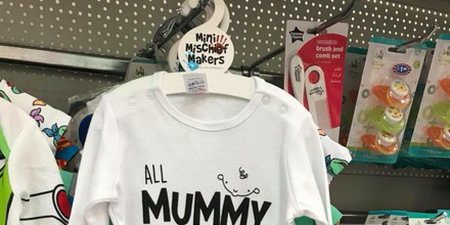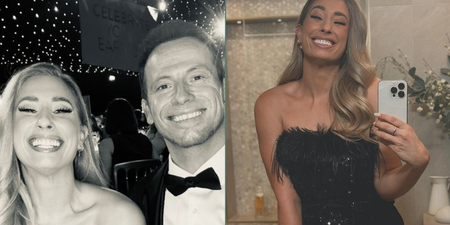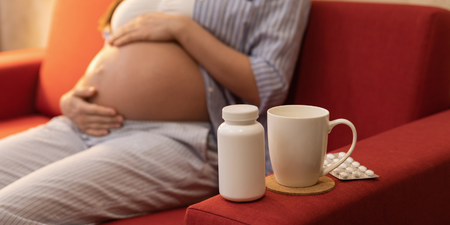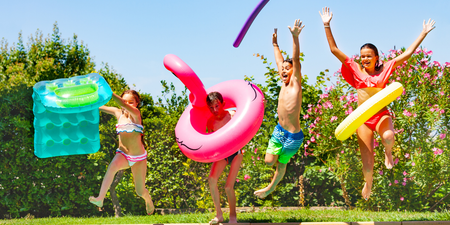The number of people being diagnosed with melanoma – the most dangerous form of skin cancer – is rising.
But while we have come a long way from the days when people went out sunbathing with nothing but some olive oil between then and a tan, there are still many confusing beliefs out there when it comes to sun protection.
Here are 10 facts everyone getting ready for holidays should be aware of:
1. Wear a sunscreen with an SPF of at least 15 whenever
Even if you are only going to be in strong sunlight for a short time.
2. Don’t bother with ‘once a day’ sunscreen
In May last year, consumer watchdog Which? tested four sunscreens labelled “once-a-day” and found that after six to eight hours, their average SPF decreased by 74 per cent, to as little as SPF 8.
3. To protect your skin against premature ageing, look for a sunscreen with IR-A protection
About 50 per cent of the sun’s rays are made up of infrared-A (IR-A) light. And while the verdict is still out on how dangerous these are in terms of causing skin cancer, certain research has proven that they do appear to induce the free radical formation and penetrate the skin, where they cause damage that can potentially lead to skin ageing.
New studies have shown that these rays are behind a lot of the pigmentation changes that happen to sun-exposed skin.
4. Know your numbers
While you can purchase a sunscreen with factor 50 and even 50+, the reality is that beyond SPF 30, there is little jump in protection.
5. You’re not applying enough
Women are better at remembering to use sunscreen and applying it often than men are, but we are all failing when it comes to how much we need to use. According to dermatologists, you need two milligrams of sun cream per centimetre squared of skin, which translates roughly into a teaspoon for the face and neck, six teaspoons for the whole body and about three to four teaspoons for a child.
6. Children’s skin needs the most protection
Research has proven that suffering from sunburns as a child will double your chance of developing melanoma later in life. Babies under six months should be kept out of the sun completely, as their skin is too delicate and sensitive to be exposed to the chemicals in suncream, and for children, most dermatologists will recommend sun protective clothing at all times, as well as a high SPF.
7. Re-apply sunscreen after a swim – always
Even if your sunscreen is labelled as being water-resistant.
8. Eat lots of antioxidant-rich foods before a holiday
Foods with high levels of antioxidants will help protect your against the dangerous rays from the inside out. Antioxidants help fight free radicals, and while you should still never go out into the sun without a high SPF, including more salmon, peppers, tomatoes and cruciferous vegetables, like broccoli, kale, and cauliflower in your diet will help keep your skin healthy and those nasty free radicals away.
In fact, scientists are currently working on “drinkable” sunscreens, choc-a-block with antioxidants, which will work by protecting you against sun damage from the inside out.
9. Always look for the words “broad-spectrum” when buying sunscreen
There’s only one way to tell whether your sunscreen offers UVA coverage: the words “broad-spectrum.” UVA rays, which are not filtered at all by the ozone layer, don’t cause sunburn-like UVB rays do, but leads to darkening and ageing of the skin, because it penetrates deeper and has more influence in the collagen.
10. Look for sunscreens with the active ingredient zinc oxide
Zinc oxide is a natural sunscreen ingredient that physically— instead of chemically —blocks rays, and will protect against both UVA and UVB rays.























































